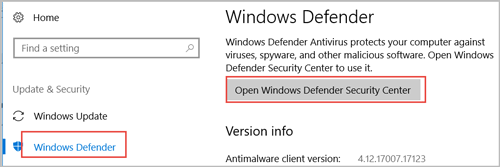

We recommend keeping SMBv2 and SMBv3 enabled, but you might find it useful to disable one temporarily for troubleshooting. Disabling SMBv2 or SMBv3 for troubleshooting While disabling or removing SMBv1 might cause some compatibility issues with old computers or software, SMBv1 has significant security vulnerabilities and we strongly encourage you not to use it. This article describes how to enable and disable Server Message Block (SMB) version 1 (SMBv1), SMB version 2 (SMBv2), and SMB version 3 (SMBv3) on the SMB client and server components.

To prevent Microsoft Edge resources from launching at startup, use these steps:

It's recommended to make a full backup of your PC before proceeding. Warning: This is a friendly reminder that editing the Registry is risky, and it can cause irreversible damage to your installation if you don't do it correctly. If you don't have access to the Local Group Policy Editor, you can still disable Microsoft Edge from preloading on startup by modifying the Registry. How to disable preloading Microsoft Edge at startup using Registry In the case you change your mind, you can roll back the previous settings using the same instructions, but on step No. Once you complete the steps, the browser will no longer pre-load processes freeing up resources for more important apps and services, or another browser.


 0 kommentar(er)
0 kommentar(er)
